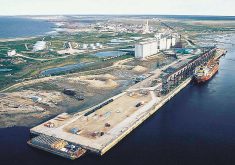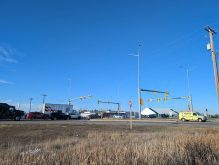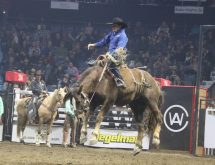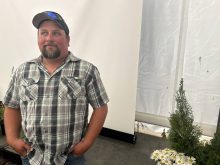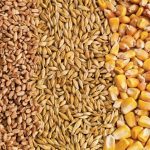Manitoba sunflower growers will eventually get access to the herbicide sulfentrazone, which controls kochia, says Bruce Murray, a weed specialist with Manitoba Agriculture, Food and Rural Initiatives (MAFRI).
“We will get it. It is coming,” he told farmers here Jan. 21. But he doesn’t know when.
“It’s absolutely needed for sunflowers. It will be nice in field peas and in flax and soybeans and they are considering dry beans.”
Sulfentrazone is one of several herbicides going through the minor-use pesticide registration process. It has long been registered for use in sunflowers in North Dakota, under the trade name Spartan. And last year was registered for chickpeas in Saskatchewan under the trade name Authority 480.
Read Also
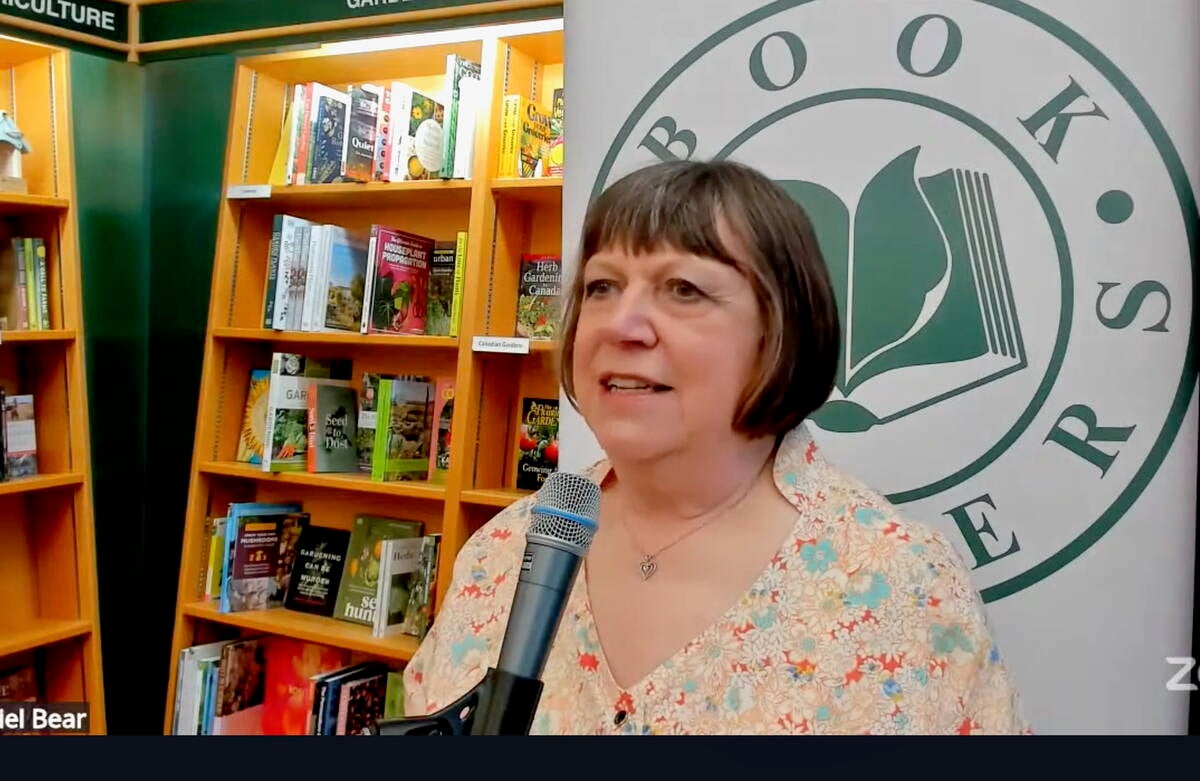
Agriculture remembers Rosalie Tennison
Rosalie Tennison, a Manitoba agricultural journalist and author, has died after being struck by a vehicle in Winnipeg Nov. 21.
The 2009 Manitoba Guide to Crop Protection incorrectly states Authority 480 is registered for dry beans, Murray said. While it might one day be, there’s a concern right now that the herbicide’s residue could damage that crop, he said.
The U. S. label warns against following a treated field with canola for 36 months, but Murray said North Dakota farmers are planting canola the year after without any major problems.
“Having said that, if you have a drought year you know it’s going to be tougher – another residual problem,” he said.
Once sulfentrazone is registered in Manitoba, farmers will have to earn how to use it, Murray said. He likened it to Treflan and Edge in that farmers had to learn how to properly incorporate those herbicides to get them to work well. Sulfentrazone is a pre-plant, pre-emergence product applied to the top of the soil. Unlike Treflan or Edge, it’s not worked into the soil. The herbicide’s application must be followed by a half-inch or more of rain, Murray said. [email protected]




